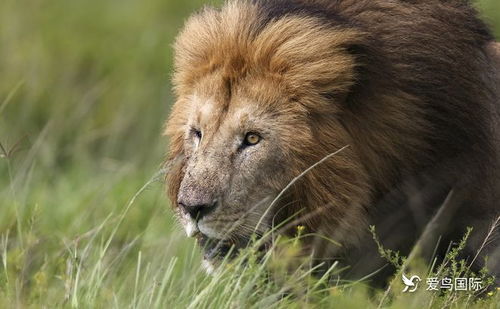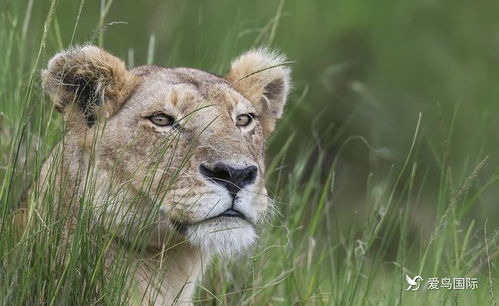
Panthera Leo: The Majestic Lion
The lion, scientifically known as Panthera leo, is one of the most iconic and powerful predators on Earth. With its majestic mane, powerful physique, and striking roar, the lion has captured the imagination of people across the globe. In this detailed exploration, we will delve into various aspects of the lion, including its habitat, behavior, diet, and conservation status.
Habitat

The lion is native to Africa and Asia, although its range has significantly diminished over the years. Once widespread across the continent, lions are now primarily found in savannas, grasslands, and open woodlands. In Africa, lion populations are concentrated in regions such as the Serengeti, Masai Mara, and Kruger National Park. In Asia, the remaining lions are confined to the Gir Forest National Park in India.
Physical Characteristics

Lions are the largest of all the big cats, weighing between 265 to 420 pounds (120 to 190 kg) for males and 165 to 265 pounds (75 to 120 kg) for females. They have a distinctive mane, which is more prominent in males and serves as a symbol of strength and dominance. The mane also helps to protect the lion’s neck from scratches during fights. Lions have a golden-brown coat, with a lighter coloration on their underbelly and legs. Their paws are equipped with sharp claws, which they use for hunting and climbing.
Behavior

Lions are social animals that live in groups called prides. A pride typically consists of related females, their cubs, and a few dominant males. The females are primarily responsible for hunting, while the males defend the territory and mate with the females. Lions are known for their impressive roar, which can be heard up to five miles away. This roar serves multiple purposes, including communication, territorial marking, and intimidating competitors.
| Roar Characteristics | Description |
|---|---|
| Volume | Can be heard up to five miles away |
| Frequency | Can be as low as 24 Hz, making it one of the lowest-pitched sounds produced by a land animal |
| Duration | Can last for up to 12 seconds |
Lions are also known for their hunting techniques. They typically hunt in groups, using their speed, strength, and teamwork to bring down large prey such as wildebeest, zebra, and antelope. Lions are opportunistic feeders and will also consume smaller animals, carrion, and even fruit when available.
Diet
The lion’s diet primarily consists of large herbivores. They have a unique hunting strategy that involves ambushing their prey from a distance. Once the lion has closed the distance, they use their sharp claws and powerful forelimbs to bring down the prey. Lions can consume up to 30 pounds (14 kg) of meat in a single meal, which can last them for several days.
Conservation Status
The lion is classified as “Vulnerable” on the IUCN Red List of Threatened Species. The primary threats to lion populations include habitat loss, human-wildlife conflict, and poaching. In some regions, lions are also hunted for their mane, which is believed to have medicinal properties in some cultures. Conservation efforts are ongoing to protect lion populations, including the establishment of protected areas, anti-poaching initiatives, and community-based conservation programs.
Despite the challenges, there is hope for the lion’s future. With increased awareness and conservation efforts, it is possible to reverse the decline of lion populations and ensure their survival for generations to come.






